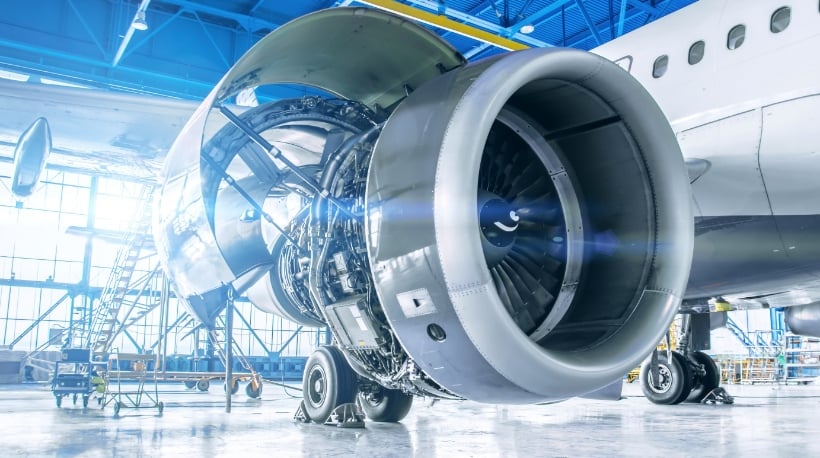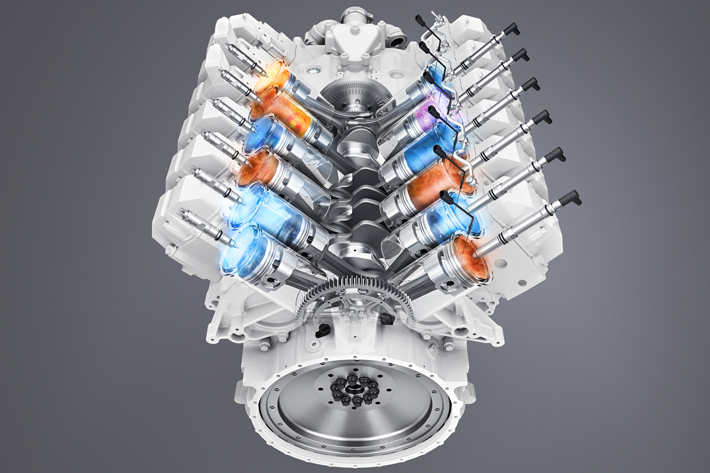The Evolution of High-Performance Automotive Powerplants: A Thorough Introduction of Cutting-Edge Engine Technologies in the Modern Automotive Sector
The pursuit for a lot more effective, powerful, and eco mindful engines has led to a myriad of innovations that have actually improved the means we assume regarding automobile power. From turbocharging breakthroughs to the seamless integration of crossbreed powertrains, the realm of high-performance engine technologies continues to press borders and redefine possibilities.
Turbocharging Technologies
The evolution of high-performance vehicle powerplants has actually been considerably influenced by continual advancements in turbocharging developments. Turbocharging has actually changed the vehicle market by giving a much more effective methods of increasing engine power outcome without dramatically increasing engine displacement. By taking advantage of exhaust gases to drive a generator that presses the incoming air into the engine, turbochargers efficiently boost the air-fuel blend's thickness, causing boosted combustion and higher horsepower levels.
One of the key developments in turbocharging innovation is the growth of variable geometry turbos (VGTs) or variable nozzle generators (VNTs) These systems permit for extra specific control over increase degrees, minimizing turbo lag and boosting engine feedback throughout a broader variety of RPMs. Furthermore, twin-scroll turbochargers have actually ended up being prominent in high-performance applications because of their capability to separate exhaust pulses for better power utilization.
Hybrid Powertrain Assimilation
Proceeding the trajectory of technical improvements in vehicle powerplants, the combination of hybrid powertrains marks a significant change in the direction of improving both effectiveness and performance in modern vehicles. Hybrid powertrains incorporate typical inner burning engines with electric motors, permitting improved fuel economic climate, decreased discharges, and boosted power outcome (engines for africa). By perfectly blending the staminas of both source of power, crossbreeds supply a versatile solution that provides to differing motoring conditions and demands
One key benefit of crossbreed powertrain assimilation is the capacity to regain energy during stopping or drifting, storing it in the lorry's battery for later usage. This regenerative stopping feature not only enhances performance however also adds to extending the total variety of the vehicle. Moreover, the instantaneous torque distribution of electrical motors matches the power delivery of internal combustion engines, leading to enhanced acceleration and responsiveness.
Automakers are continually refining crossbreed powertrain modern technologies, aiming to strike an equilibrium in between performance and sustainability. engines for africa. As customer need for environment-friendly yet effective cars expands, the integration of hybrid powertrains is poised to play a crucial duty in shaping the future of automobile propulsion systems

Advanced Gas Shot Equipments
With innovations in automobile innovation, the application of sophisticated fuel injection systems has revolutionized the efficiency and efficiency of modern-day lorries. These sophisticated gas shipment systems have replaced conventional carburetors due to their exceptional precision in supplying gas to the engine. Straight gas injection, where fuel is sprayed straight right into the burning chamber, enables better control over fuel-air mixture, resulting in improved power output and gas performance.
Among the essential benefits of advanced gas shot systems is their capability to adapt to varying motoring problems in real-time. This versatility guarantees optimal engine efficiency across different scenarios, whether it be throughout aggressive acceleration or cruising at a constant rate. Furthermore, contemporary fuel injectors are made to atomize gas better, advertising cleaner burning anonymous and decreasing harmful exhausts.
Moreover, advanced gas injection systems play an essential role in making it possible for the application of other cutting-edge engine innovations, such as turbocharging and variable valve timing, additional enhancing the total power and effectiveness of high-performance automobile powerplants.
Performance-Enhancing Electronic Devices

One trick technology that exhibits this is the Electronic Control Unit (ECU), which serves as the mind of the engine management system. The ECU procedures real-time data from different sensing units to exactly regulate ignition timing, gas shot, and other crucial criteria, resulting in enhanced power distribution and fuel efficiency. Furthermore, modern technologies like variable valve timing (VVT) and electronic throttle control (ETC) additional add to optimizing engine efficiency by adjusting shutoff opening times and throttle feedbacks based upon driving conditions.
Additionally, performance-enhancing electronics allow functions such as launch control, grip control, and flexible suspension systems, improving both the driving experience and overall car efficiency. The continuous development and combination of these advanced electronic systems remain to push the borders of automotive engineering, bring about much more effective, reliable, and technically progressed high-performance vehicles.
Future Patterns in Engine Growth
As automotive powerplants advance with the integration of performance-enhancing electronic devices, the trajectory of engine growth is positioned to accept future trends that will redefine the landscape find more of high-performance lorries. One famous pattern imminent is the continued downsizing of engines without compromising power output. This downsizing is attained through innovations like turbocharging and electrification, making it possible for smaller sized engines to supply the efficiency of larger ones while enhancing fuel efficiency.
One more essential pattern is the enhancing adoption of hybrid powertrains in high-performance automobiles. Hybrid systems combine internal burning engines with electrical motors to improve velocity and overall efficiency while decreasing emissions. Furthermore, advancements in products scientific research are driving the advancement of lighter and more powerful engine elements, adding to enhanced efficiency and power-to-weight proportions.
Additionally, the industry is moving in the direction of more sustainable techniques, with an expanding focus on different fuels such as biofuels, hydrogen, and synthetic gas. These eco-friendly options not only minimize the ecological influence of high-performance automobiles but also provide opportunities for more improving engine performance. In general, click resources the future of engine growth in the vehicle industry is characterized by efficiency, development, and sustainability.
Verdict
In verdict, the automotive sector has actually seen substantial developments in high-performance engine innovations, including turbocharging developments, hybrid powertrain integration, advanced gas shot systems, and performance-enhancing electronic devices. These growths have actually changed the capacities of contemporary powerplants, bring about boosted performance, power outcome, and general performance of cars. As technology remains to progress, future patterns in engine growth are anticipated to better boost the efficiency and sustainability of automotive powerplants.
Turbocharging has revolutionized the automotive industry by offering a much more reliable ways of boosting engine power result without significantly increasing engine variation.As vehicle powerplants development with the assimilation of performance-enhancing electronics, the trajectory of engine development is positioned to embrace future trends that will certainly redefine the landscape of high-performance lorries. In general, the future of engine growth in the vehicle industry is characterized by sustainability, efficiency, and innovation.
In conclusion, the automotive market has seen substantial innovations in high-performance engine modern technologies, consisting of turbocharging advancements, hybrid powertrain assimilation, advanced fuel injection systems, and performance-enhancing electronic devices. As innovation continues to advance, future patterns in engine development are anticipated to additionally enhance the efficiency and sustainability of automotive powerplants.